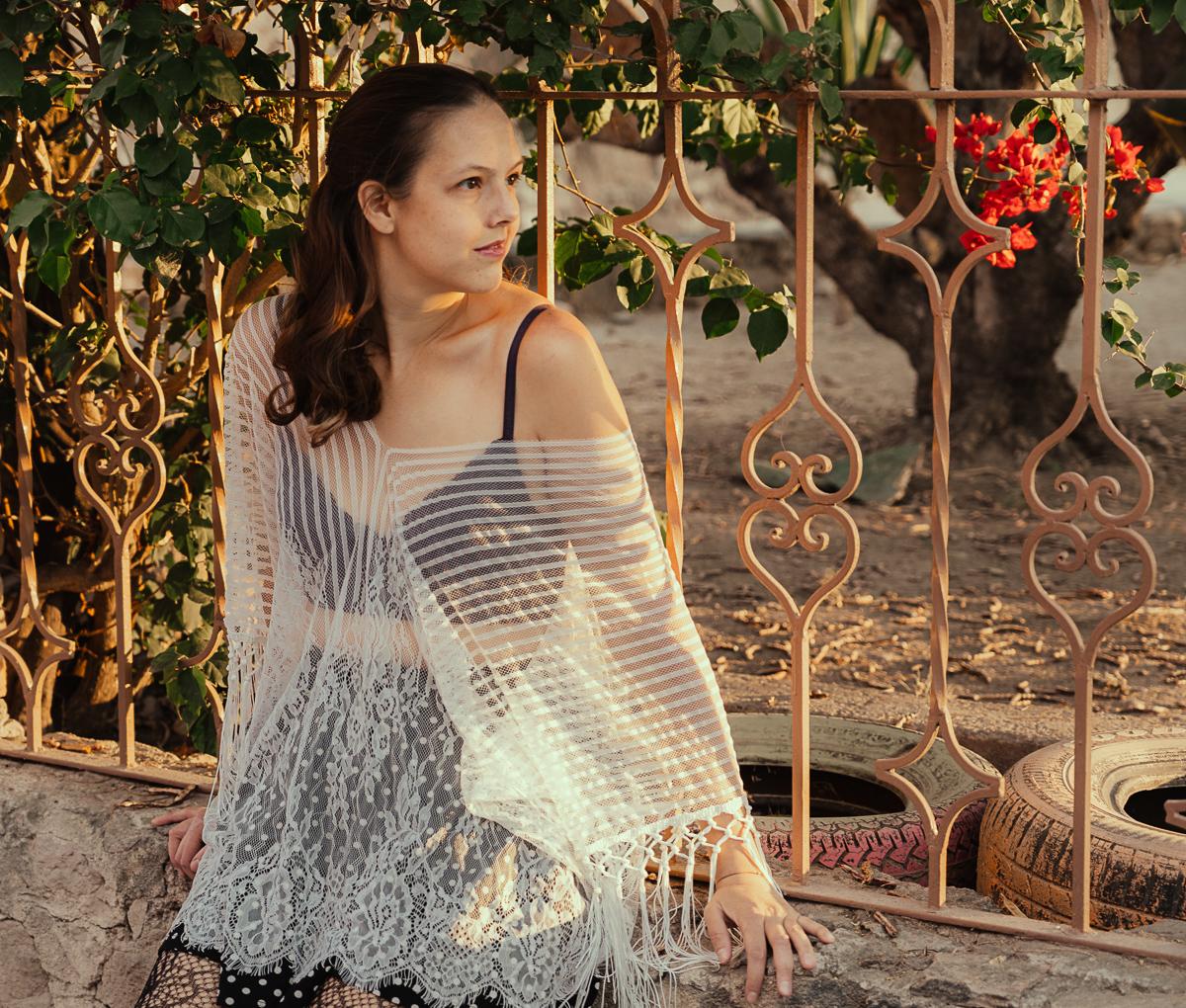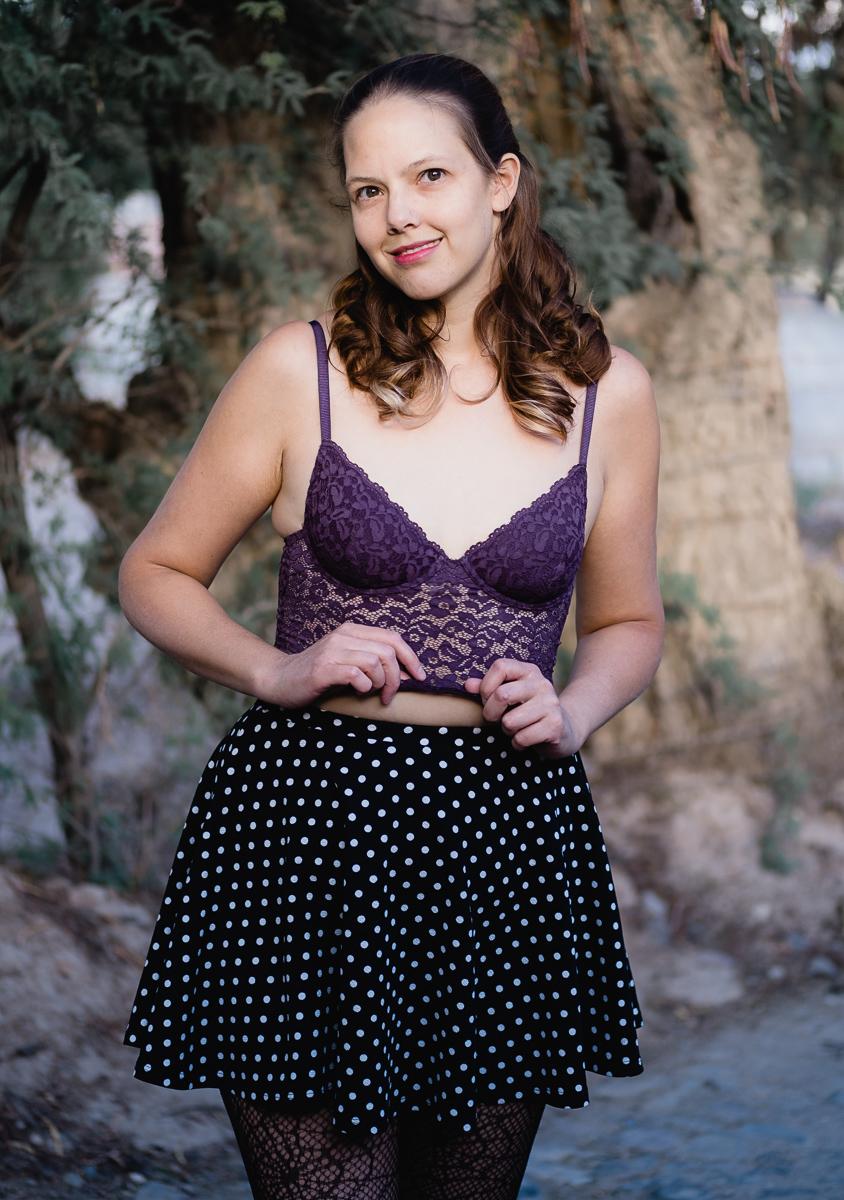How to edit portraits better, stop over thinking.
Photographers keep under-editing their work. But just dragging the sliders won’t fix it. Heck, that was the theme of the Muse editing pack that we originally shot this session for. So lets edit portraits better with some simple techniques.
It’s always harder in real life I know. We are gonna dig into that today as we take on the cute photo session we did for the Muse launch and I’ll show you hands on how I edit with it.
How do I edit portraits better. How prevent myself from under-editing blues. I always use tools that push be to go past the basics. I stay sharp Lightroom presets or Styles for Capture on to edit fast, I use actions or watch videos like this one. BUT I also use those manual tweaks to get your look perfect. I’ll show you in this weeks video. It’s time to edit portrait better. It’s time to to stop under-editing your photos, so let’s tale this bull by the horns.
Here’s some useful links related to the video as well.
- Watch this video in 4k on my channel and subscribe.
- Get Muse presets/styles here.
- Get the free Muse mini pack here.
- See the Filmist Presets/LUTs here that I edited this video with.
There’s a couple more in depth training videos from this shoot for PhotoKit members where we dig more into the session and some more advanced edits.
The winning formula to get a better portrait edit here, was starting that edit in camera. Finding the light, getting a great look and then being unafraid to edit like we meant it. Even though we have not taken any of these into Photoshop, used actions or made detailed fashion or skin edits, they still look great and from here we can go wherever we like. Hope you enjoy, let me know if you want to see more like this.
Gav



